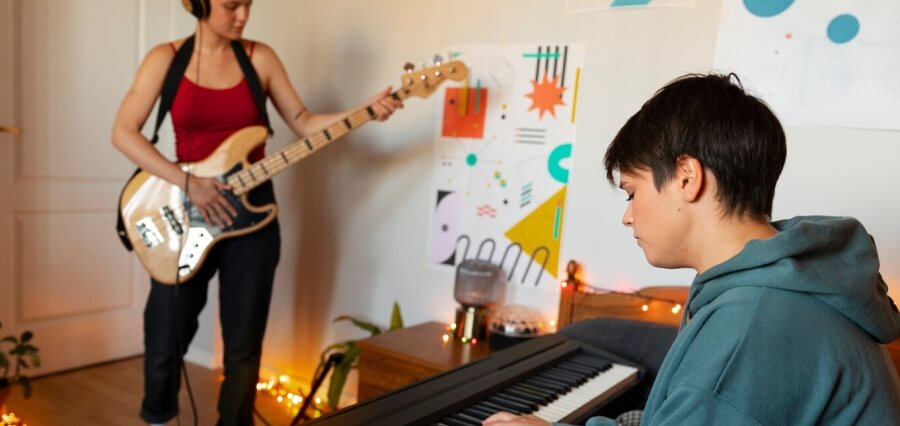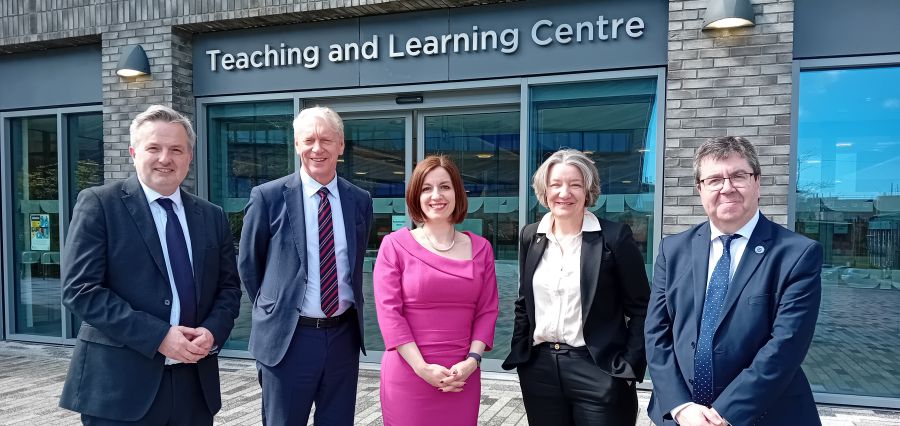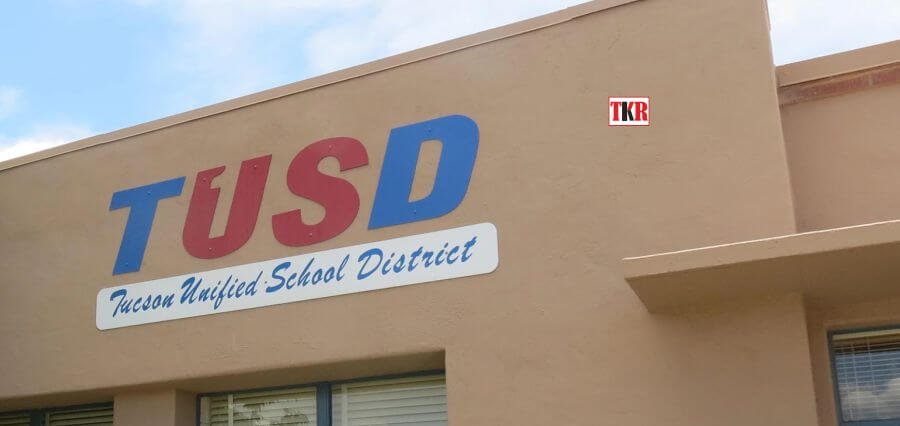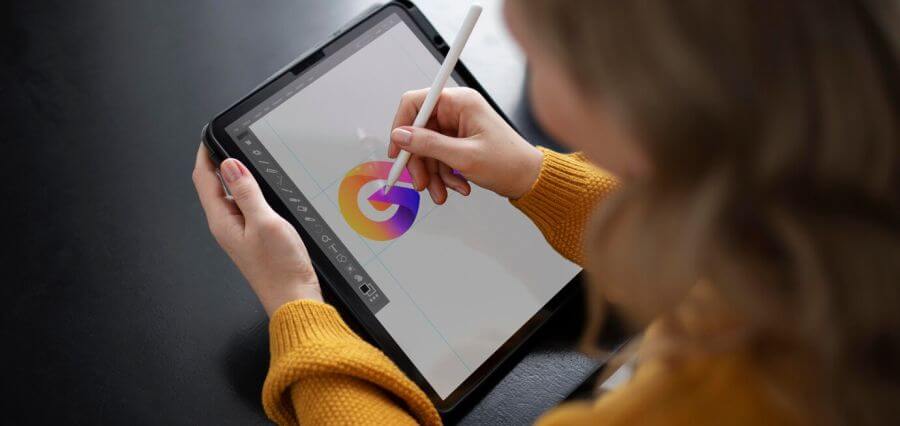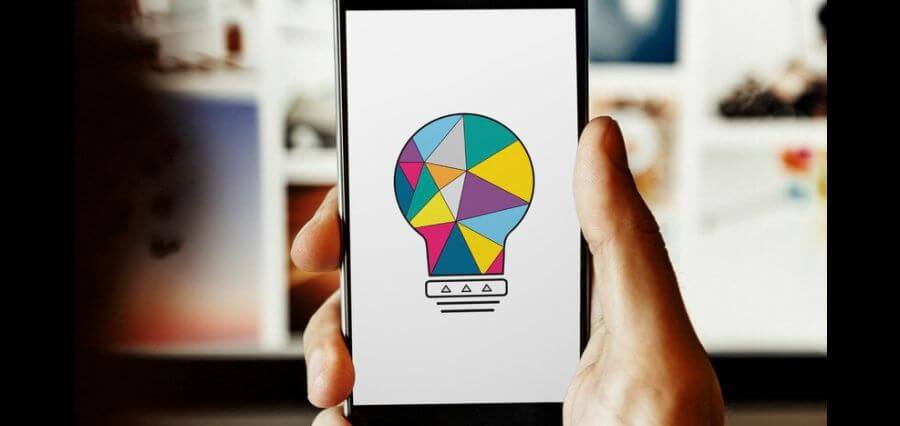In recent years, the concept of gamification has taken over the educational community. By integrating game design elements in non-game contexts, gamification aims to enhance user engagement, productivity, and learning.
In music education, this innovative approach has sparked interest and debate among educators and researchers alike – does gamification in music education actually lead to better learning outcomes? In this blog, we’ll look at data, research, and experience to draw a conclusion.
What Does Gamification Look Like in Music Education?
Gamification employs elements such as point scoring, competition with others, and rules of play to encourage engagement with the learning material. This method taps into the innate human desire for competition and achievement, making learning more interactive and enjoyable. In music education, gamification can take many forms, from apps that teach music theory through interactive challenges to software that turns piano practice into a competitive game.
Research Supports a Gamified Approach
Research in the education community at large supports the use of gamification as a beneficial tool for learning. A study published in the “Journal of Educational Psychology” found that gamified learning environments significantly improved student engagement and achievement compared to traditional learning environments. These findings are echoed in the context of music education, where gamification has been shown to increase practice time, enhance theory comprehension, and improve instrument mastery.
Enjoy Immediate Feedback – Without Formal Tests
One of the primary advantages of gamification in music education is its ability to provide immediate feedback. Traditional music learning often involves delayed feedback from teachers, formal assessments, or other activities that could lead to a negative experience, whereas gamified apps and software offer instant responses to the learners’ actions. This immediate feedback loop helps students quickly recognize and correct their mistakes, but in a positive manner. In fact, this is a key selling point for music schools trying to convince parents that group lessons are effective. Furthermore, the competitive aspect of gamification encourages students to set higher goals for themselves, fostering a sense of achievement as they progress through levels or earn badges for their achievements.
The Mass Appeal of Games Improves Access to Music Ed
Another aspect where gamification proves beneficial is in its capacity to cater to diverse learning styles. Music education, like any other educational field, comprises students with varying preferences and strengths in learning. Gamified learning platforms can offer multiple pathways to mastering a concept, whether through visual, auditory, or kinesthetic means, thus accommodating different learner types. This flexibility ensures that more students find the learning process accessible and engaging.
Can Games Replace a Music Teacher?
Despite the promising benefits, it’s important to note that gamification is not a one-size-fits-all solution. A study in the “International Journal of Music Education” highlighted the need for careful design and implementation of gamified elements to avoid superficial learning experiences.
The research suggests that while gamification can motivate students to engage with the material, it should not replace deep, conceptual understanding of music theory and practice. Therefore, educators are encouraged to use gamification as a complementary tool, rather than the sole method of instruction. Take sight reading, for instance. Games are a wonderful tool for practicing and assessing, but the way each students reads music is entirely different – a qualified teacher has been and will always be necessary to help students navigate various strategies.
Most modern educational platforms include games, but teachers still demonstrate concepts, monitor performance, and guide the learning experience over all. If anything, games and software simply allow teachers to work with more students than they would have before.
The role of the teacher in a gamified learning environment also transforms. Educators must navigate the integration of technology and game-based learning with traditional teaching methods. This requires a balance between leveraging the motivational aspects of gamification and ensuring that students are achieving meaningful, educational outcomes. Training and professional development for teachers are imperative to equip them with the skills needed to effectively incorporate gamification into their teaching practices.
Looking ahead, the future of gamification in music education appears promising. As technology advances, so do the possibilities for creating more sophisticated and immersive gamified learning experiences. Virtual reality (VR) and augmented reality (AR) are emerging as exciting frontiers for gamification, offering potential for highly interactive and engaging music learning environments. These technologies could revolutionize how students learn about music composition, history, and performance, providing a rich, multi-sensory learning experience that transcends traditional boundaries.

